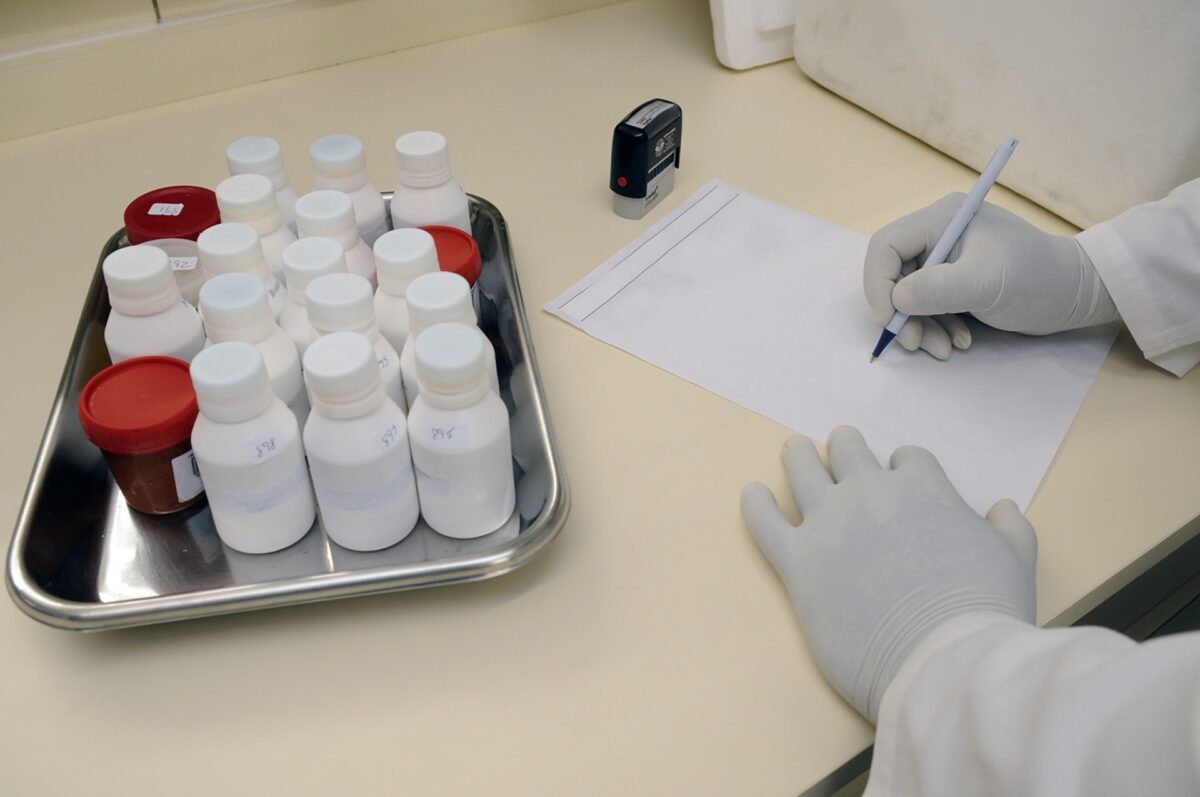Healthcare Quality Management
When it comes to healthcare, we should want to focus on the quality of care over patient quantity. No one wants to spend hours at a doctor’s office, let alone go back after an incorrect diagnosis. Unfortunately, most of us will experience a diagnostic error in our lifetime.
With cuts from healthcare spending plaguing the nation, adopting a value-based care model is the most effective way to increase medical-based cash flow and decrease premature deaths.
Why Measuring Healthcare Quality is Challenging
While measuring healthcare quality can help improve patient care, there isn’t a universal definition of quality. There are hundreds of quality measures that focus on different aspects of care, including health outcomes, patient safety, care conditions, and clinical processes.
Data collection and utilization can also be tricky because quality improvements rely on timely data. If a hospital, care home, or doctor’s office doesn’t act quickly, patients could suffer. That means you’ll need quality clinicians who can perceive quality measures in real-time.
To measure healthcare quality correctly, you need to combine multiple key metrics, including the ones in this article, and set up a dashboard that’s easy to use and understand by all.
Metrics You Must Include for Healthcare Quality Management
To build a hospital or doctor’s practice that uses the value-based care model, you need to use metrics that assess the quality of your care. Here are 5 key metrics that can do just that.
1. Mortality Rates
A high patient mortality rate could indicate that physicians aren’t offering quality care. Physicians who don’t listen to their patients or assume that a symptom is over-exaggerated often have higher mortality rates, same with surgeons that fail to stabilize their patients following surgery.
Tracking mortality goes beyond deaths, as there are times when a patient’s death is inevitable. Check online for doctor reviews or investigate physicians who have high mortality rates.
2. Hospital Readmission Rate
Hospital readmission occurs when a patient is admitted to the same or another hospital within 30 days for the same condition or due to complications from the initial hospital admission. In 2018, the US readmission rate was 14%, which costs approximately $15,200 per patient.
Like mortality rates, a high readmission rate indicates poor quality of care. If you don’t lower this number, you’ll receive a penalty from Medicare’s Hospital Readmission Reduction Program.
3. Safety of Care Metrics
Safety of Care metrics, like skin breakdown and healthcare-acquired infections, track how many errors and adverse events occur from patient care. Hospitals with high safety of care rates typically witness more respiratory failure, sepsis cases, hemorrhages, and pulmonary embolism.
A hospital that can administer high-quality patient care is less likely to trigger any adverse patient-based reactions, which also reduces hospital readmission and mortality rates.
4. Patient Experience Metrics
Patient experience is an incredibly important metric to track for hospitals because it evaluates the way staff members interact with the public. There are over 64 markers that involve patient satisfaction, including faculty cleanliness, complainants, friendliness, and overall quality of care.
One easy way to track the quality of care is by using self-service patient apps or administering satisfaction surveys. With these tools, you can improve the patient experience right away.
5. Timeliness and Effectiveness Rates
Long hospital waiting times can increase mortality rates and decrease your patient’s experience. It’s crucial to hire enough healthcare staff to reduce the length of stay and costs for admitted patients. You can do this by analyzing staffing patterns and RN triage assessments.
If RNs are given early access to qualified medical providers, they can register patients faster and ensure they’re getting the help they need before their health starts to decline.


